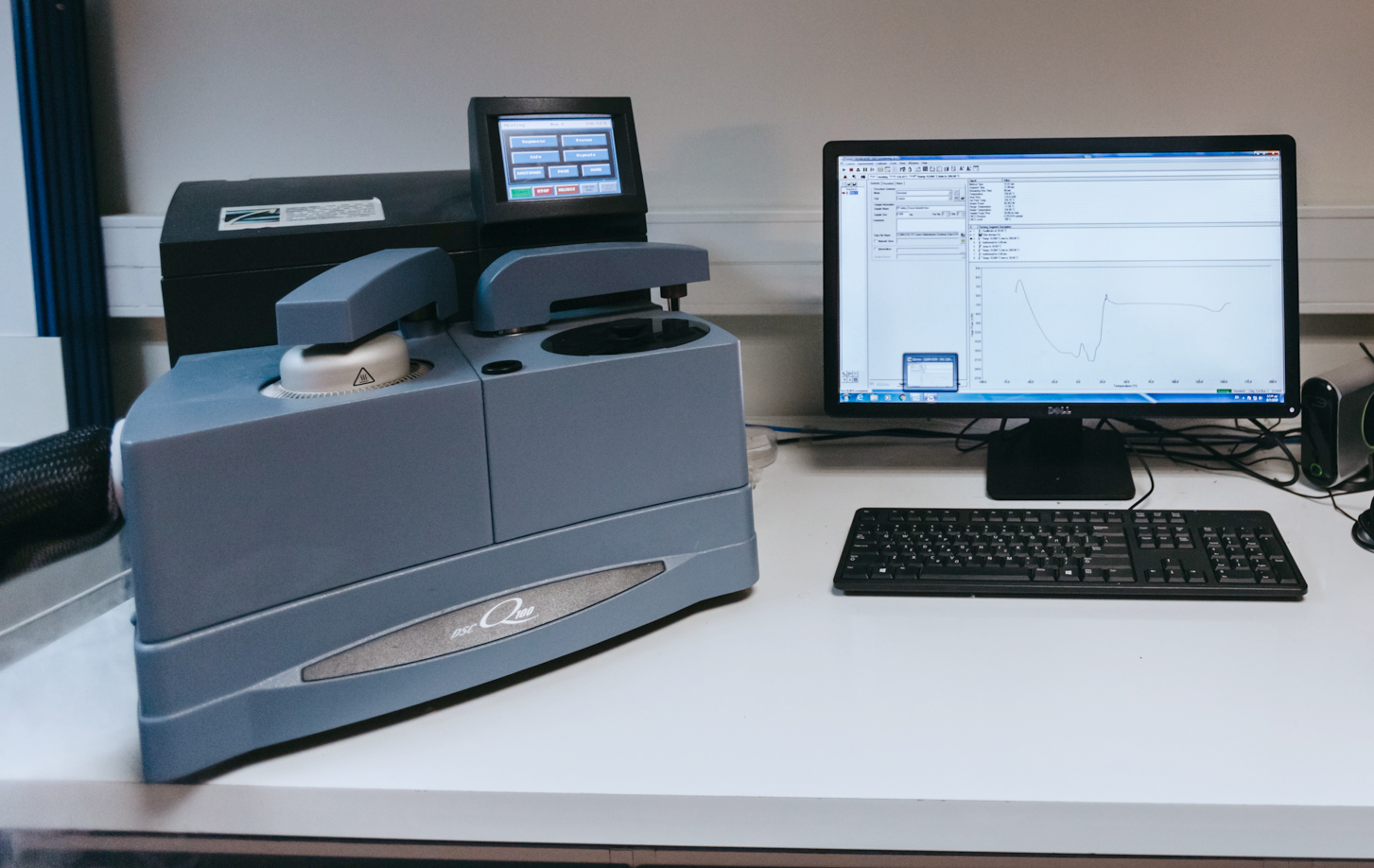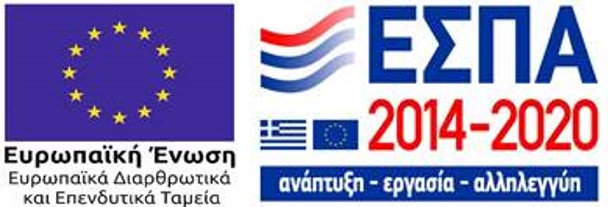Instrument
Differential Scanning Calorimetry (DSC)

According to the ASTM standard E473, DSC is a technique in which the heat flow rate difference into a substance and a reference is measured as a function of temperature, while the sample is subjected to a controlled temperature program. It uses the temperature difference developed between the sample, and a reference for calculation of the heat flow. An exotherm indicates heat flowing out of the sample, while an endotherm indicates heat flowing in.
If a temperature modulation is overlaid on a linear heating or cooling rate the technique is then called Modulated temperature differential scanning calorimetry (MDSC). An MTDSC experiment can not only generate the total heat flow similar to the heat flow obtained in conventional DSC but also separate the total heat flow into its reversing and nonreversing components. The total heat flow is the sum of the thermal events and is generally equivalent to the heat flow seen in conventional DSC. The reversing heat flow is the heat capacity component of the total heat flow.
Characteristics
According to the ASTM standard E473, DSC is a technique in which the heat flow rate difference into a substance and a reference is measured as a function of temperature, while the sample is subjected to a controlled temperature program. It uses the temperature difference developed between the sample, and a reference for calculation of the heat flow. An exotherm indicates heat flowing out of the sample, while an endotherm indicates heat flowing in.
If a temperature modulation is overlaid on a linear heating or cooling rate the technique is then called Modulated temperature differential scanning calorimetry (MDSC). An MTDSC experiment can not only generate the total heat flow similar to the heat flow obtained in conventional DSC but also separate the total heat flow into its reversing and nonreversing components. The total heat flow is the sum of the thermal events and is generally equivalent to the heat flow seen in conventional DSC. The reversing heat flow is the heat capacity component of the total heat flow.
Services
Bruker D8 Advance
CuKa radiation, Bragg-Brentano geometry (2θ:0-1600)
1D & 0D detectors
Parallel beam optics, Knife edge collimators, Soller slits
Diffracted beam monochromator
Thin Film attachment
High-temperature furnace (300-1173K)
Appropriate software for instrument control and analysis
Sample Properties
Sample quantity: 5-20mg



